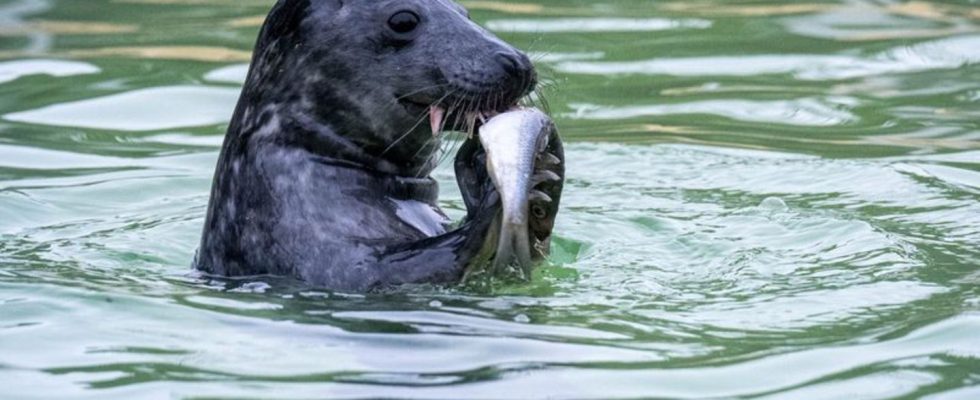Seals
Record births of gray seals on Helgoland
The seal stations in Lower Saxony and Schleswig-Holstein take the young animals into their care. (Symbolic image) photo
© Sina Schuldt/dpa
The whelping season for Germany’s largest predators, the gray seals, is coming to an end. This means a lot of work for the two breeding stations on the coasts. Heligoland had a particularly large number of young animals.
Meanwhile, a record number of animal births has been recorded on Heligoland, as reported by the Jordsand Association – figures for gray seal births on the Wadden Sea coast are not yet available.
In the 2023/24 breeding season, 793 young animals were recorded on the beaches of the offshore island in one day, as Damaris Buschhaus from the Jordsand Association said. “So far, a higher number of births has not been recorded on the Helgoland Dune in any winter.” The Norddeicher station announced that the admission numbers were roughly in line with the long-term average.
Support in the first few weeks
In their first weeks of life, the small seals are very susceptible to disturbances. Unlike baby seals, they cannot swim at first with their white, long-haired baby fur; they only go into the water after they change their fur.
The offspring of Germany’s largest predators are born between November and January. The strictly protected animals can grow up to 2.5 meters long and weigh 300 kilograms when fully grown.
As alleged competition for fishermen, gray seals had been almost wiped out in the North Sea over the centuries. Since the 1980s, colonies have emerged again, such as on the Helgoland Dune.
When adult gray seals were counted in spring 2023, around 1,400 animals were counted on Heligoland and almost 1,200 animals in the Wadden Sea of Lower Saxony and Hamburg. There were also around 170 gray seals in the Schleswig-Holstein part.

